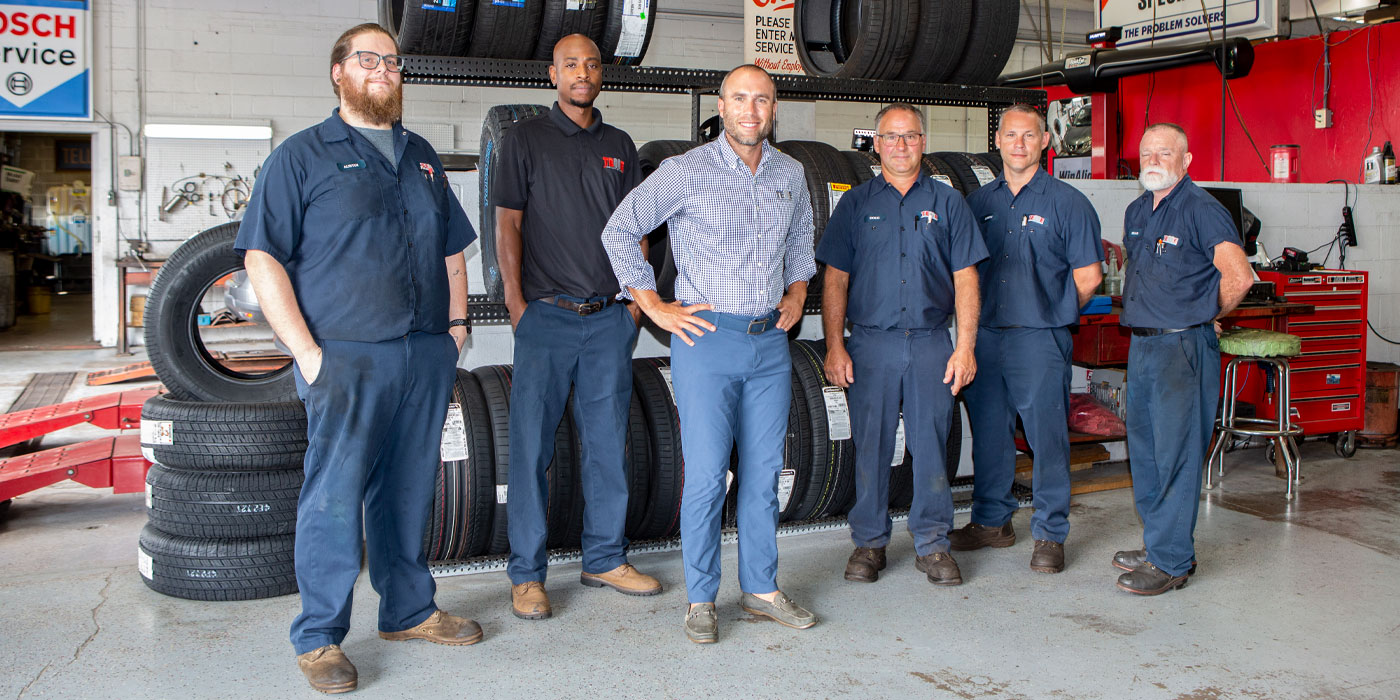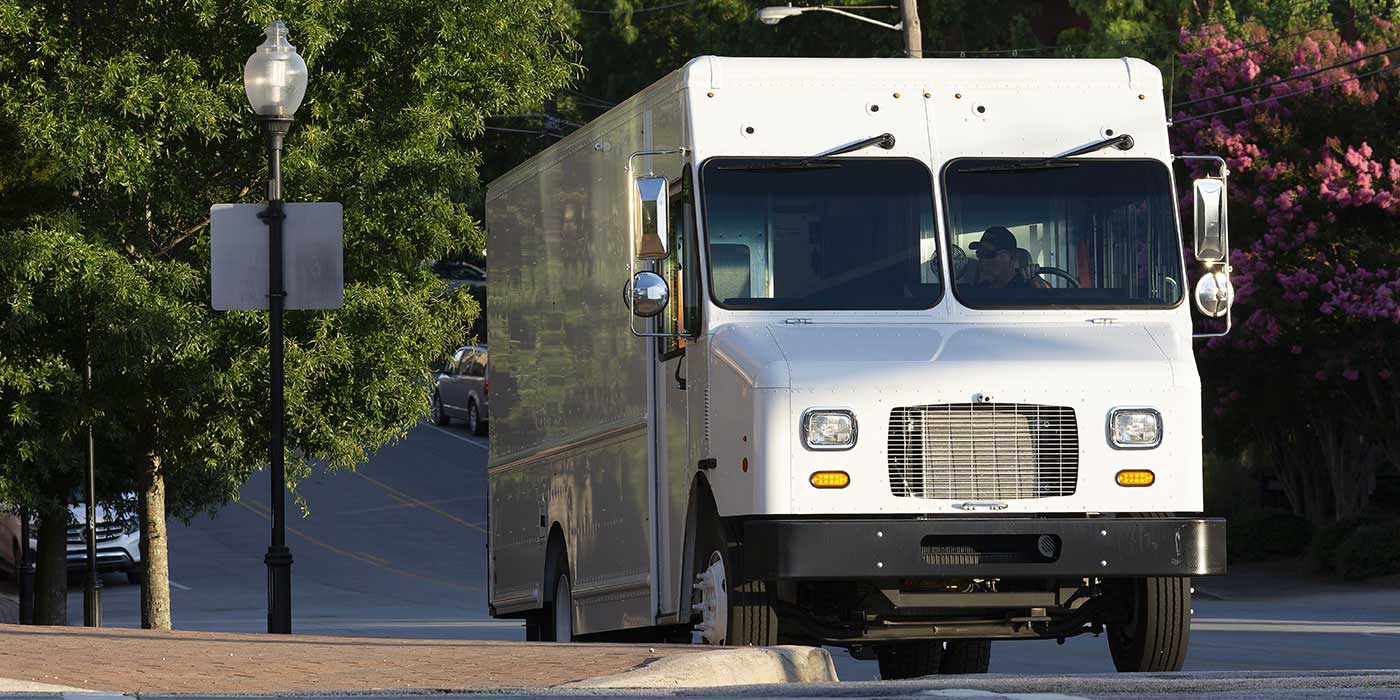Percentages are funny things. Sometimes they work for you, sometimes not. Take the figure 25%, for example.
If you are right only 25% of the time, you’re either the parent of a teenager or in government service. If you’re wrong 25% of the time, you qualify for management.
A profit increase of 25% means you are looking really good. But a 25% drop in sales causes night sweats.
Living 25% longer is a good thing, if you’re healthy. But that extra 25% makes actuaries ill.
Twenty-five percent fewer calories is a good thing, but so is that “25% More” sticker on a candy bar.
If you weigh 25% above the accepted norm for your height, the doctor will refer to you as “grossly overweight.” Twenty-five percent below that norm and you are “grossly underweight.”
But to the sharp-as-tacks folks at NHTSA, a tire that’s 25% underinflated is no cause for alarm. It doesn’t even qualify as being significantly underinflated.
As you’ll read elsewhere in this issue, NHTSA finally came out with its new TREAD Act-mandated TPMS plan. Not a final rule, as we all anticipated, given the federal court decision last August. No, what we got was yet another proposal, this one as stupefying as the last.
NHTSA’s 60-page plan demonstrates clearly that: a) math is not its strong suit; and b) what it knows about tire safety couldn’t fill a valve cap.
Let’s go right to the lowlights. NHTSA proposes all passenger vehicles be equipped with a TPMS that will warn drivers if the inflation pressure of any of their four tires drops 25% below the tire’s intended inflation pressure, as determined by the automaker. Said warning will consist of a yellow icon on the dash that will remain illuminated until the offending tire is inflated above that 25% threshold.
NHTSA’s decisive proposal leaves the direct vs. indirect TPMS question wide open, despite the fact that the agency alternately says direct systems are accurate to within 1-2 psi, and that “with future technological development” indirect systems may meet its proposed four-tire, 25% requirement.
More aggravating is that, despite the language of the TREAD Act, the pleadings of the RMA, the fact it used the phrase countless times in its proposal, and that its 25% plan established some sort of safety threshold, NHTSA flat out refused to clearly define the term “significantly underinflated.”
Since a pressure drop of 25% apparently isn’t “significantly underinflated,” just what does that 25% mean?
For the driver of an Explorer prior to August 2000, when Ford said the P235/75R15s needed to be inflated to 26 psi, the warning light wouldn’t come on until a tire dropped to 19.5 psi! After Ford said to inflate those tires to 30 psi, the little yellow icon still wouldn’t come on until the tires hit 22.5 psi.
For a tire properly inflated to 32 psi, that 25% represents 8 psi or a rolling pressure of 24 psi. Hey, let’s grab the kids and all our vacation gear and drive across Texas – in August!
Keep in mind that the little light thingy won’t come on at 24%…or 23% or 22%, etc. Wanna feel safe? The difference between 25% and 24% on a 30 psi tire is 0.03 psi!
There was no magic behind the 25% figure, other than it wasn’t the safer, more logical but just as arbitrary 20%. Warnings at 20% would come too frequently, NHTSA felt, creating a “nuisance” for drivers.
Checking your tires regularly is a nuisance, but being maimed or killed when a significantly underinflated and overburdened tire fails isn’t?
NHTSA also would not consider RMA’s plea for reserve tire pressure, enough base inflation to allow a vehicle to carry its load safely at even the insane 25% threshold. Oddly, NHTSA spent more time worrying about the color of the “telltale” icon than this highly logical safety concept.
NHTSA sure knows how to put the “Safety” in National Highway Traffic Safety Administration, doesn’t it?
Two other things to be alarmed about:
1) One group providing its input on the proposal suggested the tire and automobile industries “need to conduct an educational campaign to increase consumer awareness about the importance of maintaining proper tire pressure.” The offending party? It wasn’t the RMA or TIA. It was the Japan Automobile Tyre Manufacturers Association.
2) Thirteen companies/groups filed petitions for reconsideration of NHTSA’s orginal TPMS final rule. Four were carmakers. Four made components. Two were automaker associations. And two were tire associations – the aforementioned JATMA and RMA.
Jeez, the tire industry couldn’t even muster a 25% response.













